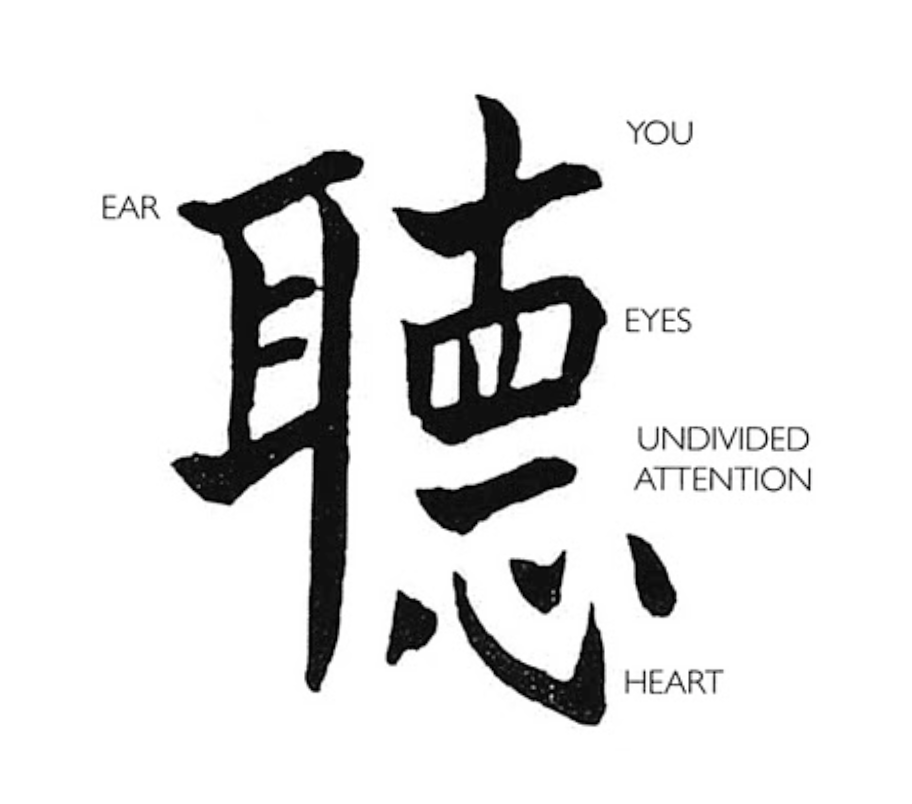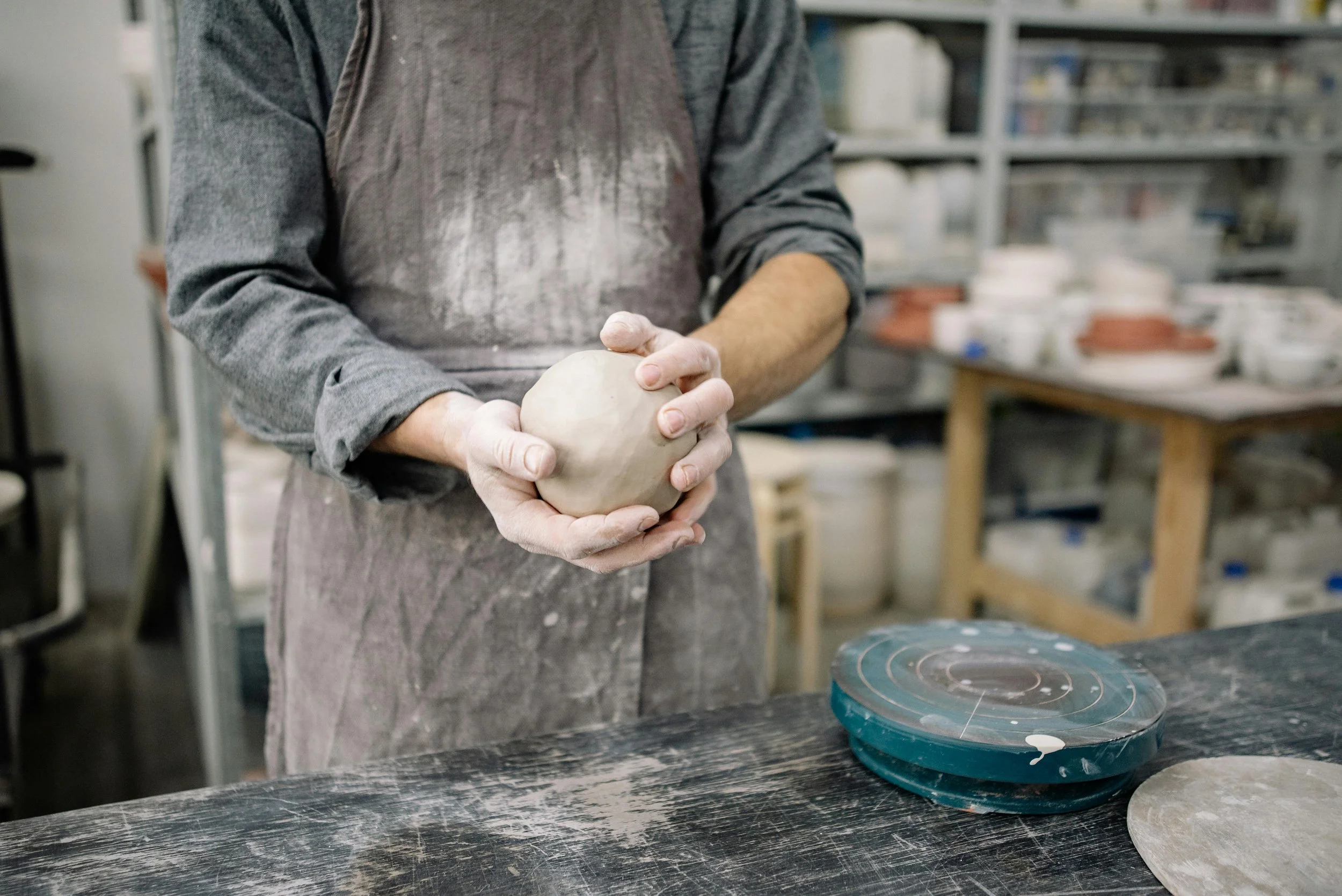#3: The Importance of Active Listening
“In active listening, the more we are present and listen without the need to promote our own agenda, the more likely we are to hear and understand what the person is trying to say.”
WATCH NOW
“I’m not sure how to articulate what I’m imagining for this education program. It’s like I have a ball of clay- I know what I would like for the end result, but I’m not sure how we get there.”
Sitting across from a senior leadership member of an East Asian non-profit school, his dilemma is one I have often heard when new programs are being conceived.
In a world where there is constant noise, it’s easy to get lost in the 24/7 overload we encounter. We hear plenty, but how often do we truly actively listen?
When I was an educator in the classroom, I taught social sciences which leans strongly on discussion, collaboration, and debate. Each year I would enlarge the traditional Chinese character for listen and kept it at the front of the room on my board.
At the start of each course, I would explain that active listening is very different from hearing. I would explain that just as this character is created using many components of our being, active listening requires much more and expects us to use all of our senses:
ears for hearing
eyes for paying attention to non-verbal communication
giving undivided attention to the person speaking and keeping an open mind to practice critical thinking about what has been shared and the connections it creates
an open heart to consider the place and perspective the speaker is coming from
In active listening, the more we are present and listen without the need to promote our own agenda, the more likely we are to hear and understand what the person is trying to say.
Harvard Business Review has written extensively about the importance of active listening, specifically in the work realm. In Amy Gallo’s article, What is Active Listening?, she discusses the four types of listening styles and the importance of being aware of what our default style might be.
Robin Abrahams and Boris Groysberg wrote How to Become a Better Listener, and share multiple strategies individuals can grow in their active listening skills.
Returning to the project of new program development, together on Zoom the senior leadership member and I teased out ideas, the value this type of program could bring, and the desired outcomes for students, teachers, and the broader community who would be involved in this program.
By asking targeted open questions and actively listening, our client did most of the talking. By the end of the conversation they were not only surprised by the clarity they had, but finished our call with an exclamation, “It’s like the ball of clay has taken actual form and I know what I’m looking at now!”
Sometimes what you need is a sounding board, someone to actively listen and help you craft your ideas into reality.
The ball of clay has what it needs - at Bouwer Consulting, we work with our clients to help mould their clay into the right shape.
If you’re in need of a soundboard to help you mould your ball of clay, schedule our 3x 1 hour Soundboard Conversation.


